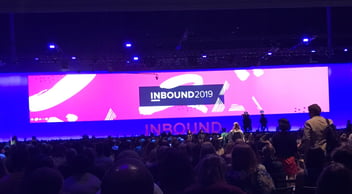In today’s world, consumers are wishing to base their purchases on research. This means that a simple ad in an Instagram story usually won’t cut it anymore. Businesses need to put their brand out there on the web: from well-tailored websites to diversified blogs and journals.
This can only be done by securing media spots with journalists, social media influencers, and other public figures. The role of PR experts is becoming crucial to the success of businesses.
So, how do you get their attention? How do you make them want to write about you? The answer is “Inbound PR”. With inbound PR, you can make the attention come to you!
In this article, we're going to introduce you to this PR strategy that will allow you to reach media professionals organically and effectively. Get ready to build everlasting relationships and meaningful connections.
We’re going to cover:
How does inbound PR differ from traditional PR?
The most important difference between inbound PR and traditional PR is the way you get in touch with your target media.
In traditional PR, it's common to use outbound techniques such as cold-calling and emailing journalists with a cold pitch in the hope of getting media coverage. In contrast, inbound PR is all about using content to attract the attention of journalists and other public figures.
With inbound PR, you create valuable and interesting content that is worth reading or watching. Think of a blog post that contains new data or insights, an interesting video interview with a company executive, or a helpful guide on a relevant topic. This type of content has a higher chance of being picked up by journalists because it's genuinely useful and interesting to their audience.
In addition, inbound PR is not just about getting quick media coverage. Just as in traditional PR, it is also about building relationships with journalists, influencers, and other public figures. The difference here is the content.
By continuously providing them with valuable content, you can create a relationship of trust and mutual respect. This means that they are more likely to want to work with you in the future, which can lead to more media coverage and opportunities in the long run.
Are you saying that traditional PR is dead?
Definitely not! Inbound PR is a strategy that you can use as PR professional to attract journalists. However, some situations might still call for an outbound, traditional approach, and it would be your call to make to choose which approach fits the case best!
At Idea Grove, we describe PR to our clients as "the art of securing trust at scale". Therefore, whether you're focusing on inbound PR, traditional PR, or both - what matters most is that your main goal is to build trust.
How to Get Started with Inbound PR?
Step 1: Decide whether inbound PR is right for your company
You need to examine whether inbound PR is compatible with the internal mindset and processes of your company. If higher management measures PR based on how many times you picked up the phone or how many emails were sent, then inbound PR is not the answer.
Similarly, if higher management is expecting quick, immediate results, then inbound PR will likely fail. Building long-term relationships with your audience and with the media take time because it is built on genuine trust. And as you know, trust isn't built overnight and relationships don't form instantly.
Step 2: Define your buyer and media persona
If you believe that inbound PR is a great fit for your business, then you need to define both your buyer persona and your media persona. By defining the latter, you can imagine your optimal customer and your optimal point of contact in the media!
A. Define your buyer persona
Your buyer persona is the research-based profile of your ideal, target customer. In other words, what are the characteristics of the person that is going to buy your product or service?
Ask yourself these simple questions: What is their age, gender, education level, and income level? What product are they looking for? Where do they reside? What challenges do they have to face every day? What are they interested in? How would they like to be contacted?
For example, if your company sells strollers for babies, then your buyer persona is definitely not the baby. Your company would be targeting newborn parents, expecting parents, single parents, or people shopping for baby gifts.
By defining your buyer persona, you are better able to connect with your future buyer, and therefore can better establish your PR strategy.
If you’re in the B2B industry, then this article by Jarrett Rush will definitely interest you: Creating B2B Buyer Personas Requires Conversations Guided by A Proven Methodology.
B. Define your media persona
Similar to drafting your buyer persona, you need to think of the best outlet to generate the right coverage for your business, which includes social media influencers, bloggers, and journalists. Here are a few tips to think of while choosing the right media outlet:
- The media outlet has to be relevant to my brand.
- The influencer, blogger, or journalist should be interested in my business' content.
- The media outlet should be of a similar demographic to my buyer persona.
- Think of an effective way to contact the media outlet to stand out from the rest.
In the image above (source: Springboard) you can see a sample of three social media influencers. Andrew is into advertising, and his audience is people in their early twenties. Lara is a cooking influencer with an audience of working adults. Fiona is a fashion-oriented person that influences individuals in their late twenties and early thirties.
If you own a fashion brand, then working with Andrew or Lara would be completely irrelevant to your business. Working with Fiona could also be irrelevant if your fashion brand consists of teenage clothing.
By creating a media persona, you can target journalists, bloggers, and influencers in a way that elevates your business to the next level.
Step 3: Follow the “Inbound PR” methodology
Iliyana Stareva, the author of the book “Inbound PR”, created a methodology that can help any business implement inbound PR in the age of digital disruption. In her theory, Inbound PR is all about:
- Attracting strangers through blogs, SEO, social publishing, and press releases.
- Converting visitors using forms, calls-to-action, landing pages, and newsrooms.
- Closing with media leads through social media, email, events, or exclusives.
- Delighting with publishers via social sharing, inbound links, smart content, and social monitoring to create repeat publishers.
- Bonus step: measuring the impact and adapting.
1. Attract
After defining your buyer persona and your media persona, you will need to bring the media to you. This is achieved by writing quality content such as blog posts, social messages, and press releases that are optimized for SEO; this makes it easier for the media to find you.
Think of it from the journalist's or the influencer’s perspective: what would be the easiest way to reach a business? Google. Similar to how buyers go to Google when looking for a product, the media isn’t much different.
In fact, standing out on the search engine result page will make the media want to work with you, and not with your competitors.
A great way to attract the biggest number of visitors is by diversifying the media types: from earned media, to paid, owned, and shared media, you will be able to appeal to a larger audience of journalists, bloggers, or social media influencers.
2. Convert
After attracting the media to your business, you need to persuade them by proving that you are relevant and great. In order terms, you need to convert your visitors into media leads.
This is achieved with targeted persuasive content that is often found on landing pages with clear calls to action. You can ask your visitors to fill out forms, allowing you to reach out to them in a personalized, familiar way, rather than mass-pitching. Newsrooms are also a great way to convert simple visitors.
3. Close
After persuading the media outlets with great content, and after converting simple visitors into media leads, here comes the time to reach out to them in a very personalized way. The best way to do this is through personal email (if they shared their e-mail address with you) or social media funnels like Twitter and LinkedIn.
At the "close" stage, you are trying to turn your media person into a publisher for your brand.
With the right approach, the right content, and the right person, you can make it happen.
4. Delight
After working with the media person on some stories, you need to keep the connection going. It would be absurd to spend all the time and resources on only one article; on the contrary, inbound PR is all about building everlasting relationships with your media people. What you're looking for are repeat publishers.
One way to keep this relationship going is by spreading the word on social media, sharing the collaboration, and engaging in the conversation that is happening on social funnels. Additionally, by using contextual marketing, your team can ensure that whenever the media person returns to your website, they are shown different information that rather invites them for another collaboration.
By continuously adding value to the conversation, you can keep the relationship going. The links and connections you will create for your business along the way are what is going to make you thrive.
5. Measure the impact and adapt
Measuring inbound PR is easy; all you have to do is ask yourself a simple question. Ever since you started actively pursuing inbound PR, how many times did a blogger, reporter, journalist or social media influencer reach out to you interested in a collaboration?
Based on the results of your initial campaign, you might want to adapt your strategy.
If you found out that no interactions were generated from your initial inbound PR strategy, then that can mean two things: either inbound PR isn’t a good fit for your company, or your PR strategy needs to be adjusted.
However, if you found your strategy fruitful and you were able to secure some media features, then congratulations. You have successfully mastered a new tool that will allow you to build crucial relationships with an important stakeholder in every company: the media.
Final Thoughts
Inbound PR is all about mindset change: by attracting the media to your business, and working on building everlasting relationships through worthy content, you can produce tangible results.
This new PR strategy is a step toward the future that accommodates the modern customer that prefers finding the product rather than having the product find him. This is why securing a media presence across all platforms is crucial to your brand's success.
The beauty of inbound PR is that it can be applied to other PR stakeholders. If this strategy works for you when approaching media people, you might want to explore other venues and see where this takes you: end users, shareholders, employees, suppliers, pressure groups, governments, and local communities- the list goes on.

 10 min read
10 min read



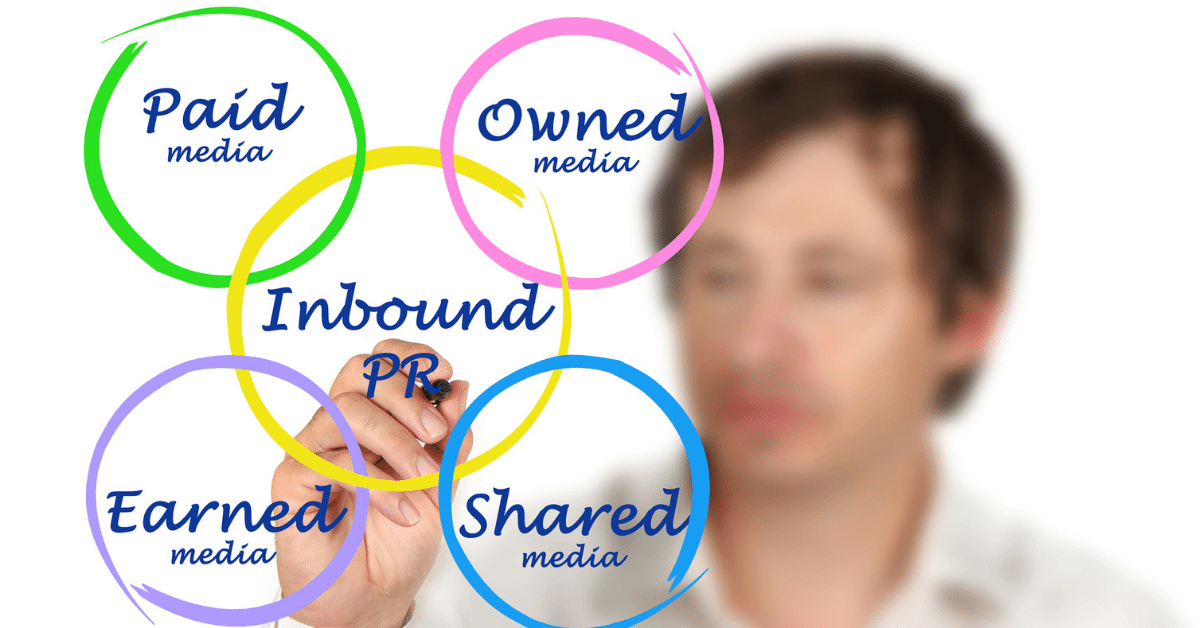
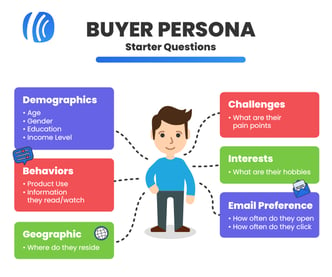
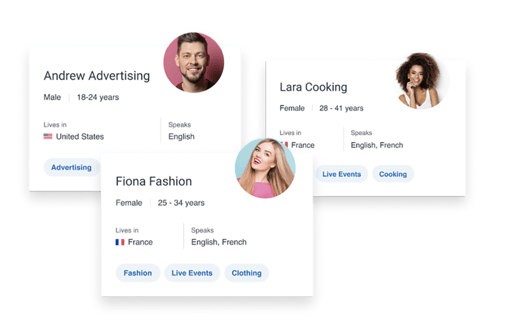
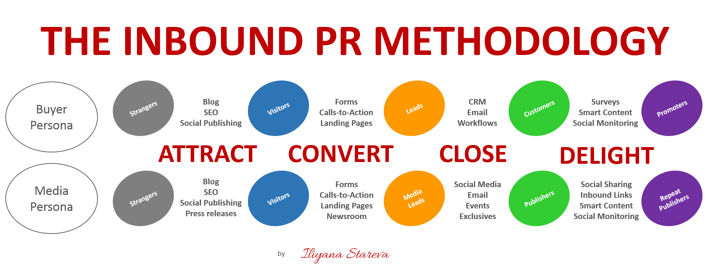
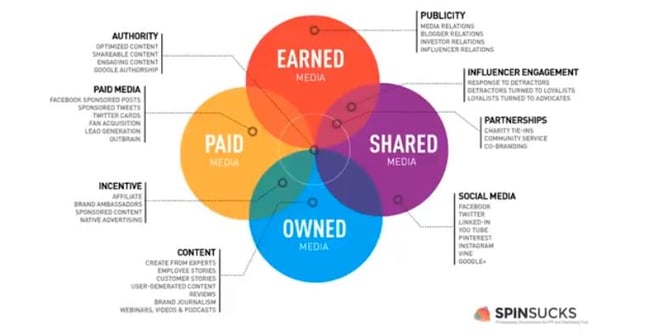


 1 min read
1 min read
